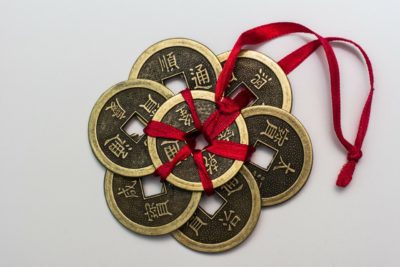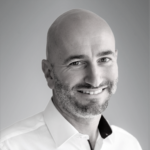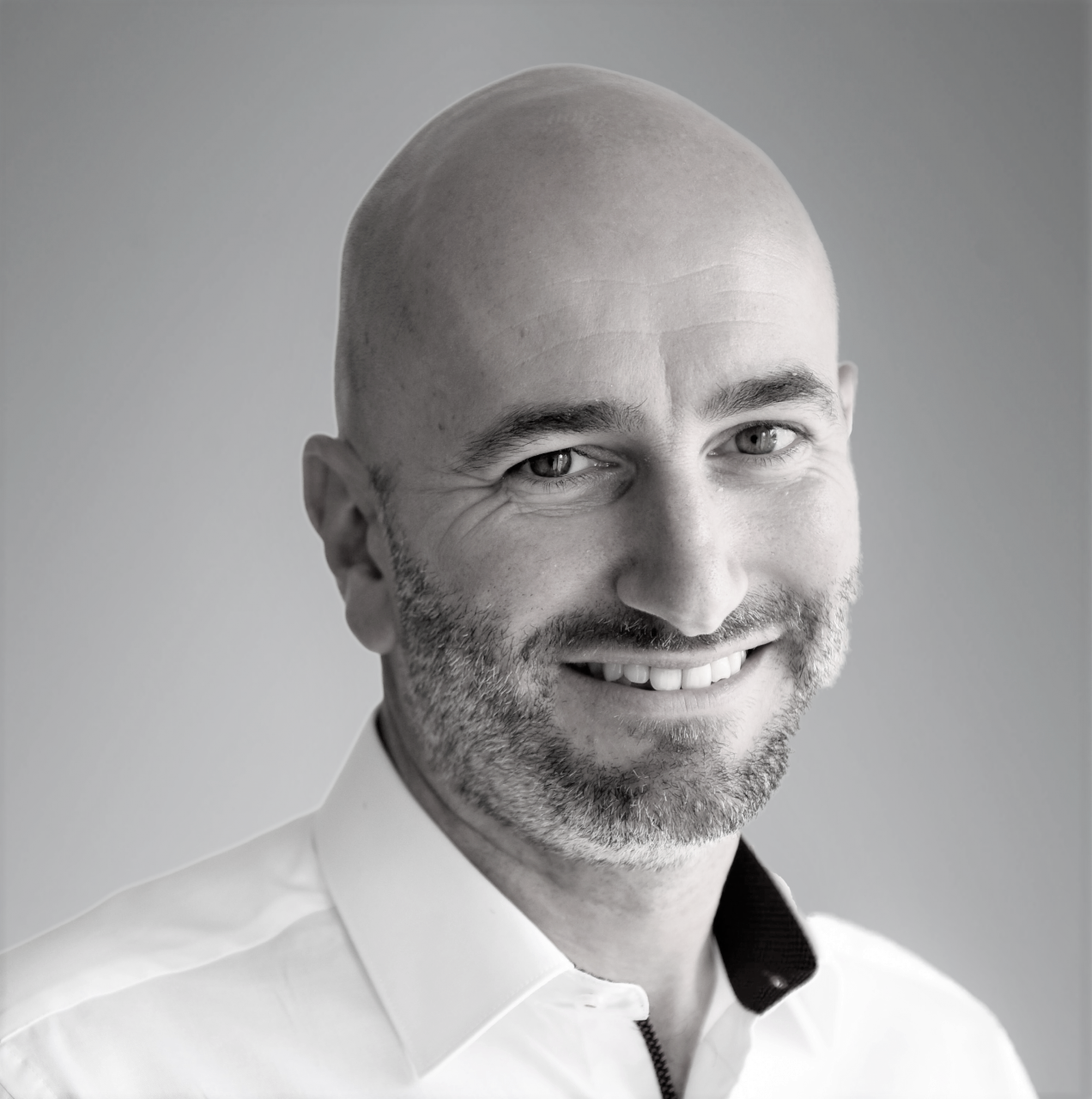
OLBIOS: As the Director of Anthesis Group (France) your objective is to respond to the systemic challenges facing private and public organizations today. Are changes such as ‘the right to repair’ and the repackaging to create new experiences achievable and measurable?
Alexandre Lemille: In 2021, it is time to meet the objectives of the Decisive Decade (2020-2030) in which we find ourselves and to help companies find their positioning in order to increase the resilience of their activities in the face of the future challenges to which they are all exposed. The Anthesis Group (www.AnthesisGroup.com) is equipped for this. Our approach is de facto systemic because the problems are complex. It is no longer a question of relocating in order to counter the galloping globalization which has shown its limits, no. It is now a question of designing the economy of tomorrow using the least amount of energy with remanufacturing tools adapted to the target cities and regions. An economy on a so-called “human scale”.
In addition, the right to reparation is one of the best examples in this area. Indeed, it represents the smallest loop of the approach adopted in the circular economy, namely, that where the product is repaired so that it is made available to its owner or even resold to another customer, as quickly as possible, in total opposition to planned obsolescence. The right-to-repair offers many advantages. I will cite two that are for me undeniable and so positive: by creating removable and repairable products, the trickle down in your economy is achieved for real (this time!), namely, you create jobs in the cities and regions targeted by these products of a new kind. In addition, they represent a real gold mine!
They become the future source of tomorrow’s mining activity. By allowing devices to be repairable without limit, components will become more and more modifiable and scalable, allowing the re-creation of objects or modules locally! Extended to the rest of the economy, this is the (re)birth of a restorative economy!
We already have a first large-scale return of the impact of the right-to-repair in France, following its implementation on January 1, 2021 in all stores selling devices such as smartphones, laptops, lawn mowers, vacuum cleaners and washing machines. Unsurprisingly, the Fairphone 3+ scored 8.7 out of 10, the only truly modular and fully serviceable phone today. Yet, not a 9++ as it suffers mainly from the fact that its tiny market share which does not yet allow it to make spare parts available in record time like the market leaders who benefit from it.
Samsung, for its part, has played well in this approach. It is for me the best example that when we change the rules of the game, from a linear model to a more circular one, the actors follow. In order to increase the rating of its top-of-the-range model S21 from 5.7/10 in 2020 to 8.2/10 in 2021, Samsung has produced an online repair guide and made spare parts available in record time to gain points here, over the complexity of reparability. The rest of its phone range is lagging behind just like Apple where more transparency is expected on the strategy of this brand. Manufacturers have two years to communicate on their repairability index. A great example of the effect of a change in the rules of the game!
O:You have published dozens of articles suggesting the creation of an ecosystem model of life based on human abundance by inserting a ‘Circular Humansphere’ in our next economic models. Can you develop the main points of this approach?
A.L.:Of course, I can explain the reasons, but above all get straight to the point to demonstrate that it is necessary. As mentioned before, we have 9 years to make the right decisions (2021-2030). We have no choice but to address the survival of our own species, thus measure ourselves in value terms in a new model that preserves living conditions on Earth. The economy is only a sub-part of the answer here, and the economy must recognize the environmental and the societal to obtain the expected results, namely, to preserve human values and invite humans to adapt “in deep depth” with the only design we have to adapt to: the rules of the Earth ecosystem. We need a model that is completely symbiotic and intrinsically respectful of human values.
Considering humans only as consumers and users of objects and services is very limiting for decisions to be made in a Decisive Decade. Moreover, the only real possibility of answering the question of the economic rebound – spending more at the end of the day as we spend less thus save more in a sharing model for instance – is to involve people in questioning their lifestyles. Lastly, we also often talk about the ‘between now and 2100’ and not beyond…
The question to address here is: can we re-integrate – once and for all – into the ecosystem to which we belong, i.e. for good? Here, the human element plays an essential role because it is the only one able to decide to preserve the living conditions of future generations (aka – the ‘decentration’ or the ability of decentering ourselves – I mention in my proposal that should be taught to all CEOs and leaders. The Circular Humansphere provides answers to the rebound in consumption via the concept of ‘decentration’, answers to the preservation of human values in a caring model not only caring for objects but for the preservation of all socially related values in a highly empathetic model.
Finally, the Humansphere invites us to think out-of-the-box in order to reconsider our relationship with the living, by reconsidering ourselves as who we are – ‘circular beings’ -, an integral part of the biological sphere. By inserting a Circular Humansphere, the cursor moves towards a model of life, and no longer just economic, where values are preserved, decisions for the future are much more reasoned away from a ‘growing within’ lens and adaptation to living conditions preserving living conditions ad vitam eternam.
O:You see Africa as the most ‘circular’ continent of all, in view of its collaborative communities, preference for low-tech, low ecological footprint. Can you tell us more about this?
A.L.:This is the same effect as in your first question relating to the right to reparation. When you change the rules of the game, your linear leaders become your circular laggards. In an all-out linear growth model, namely the throughput approach or economy of scale, the first are those who sell more without taking into account the environmental and social devastation created, what we call negative externalities.
If you reverse the model towards more energy conservation, towards investments in infrastructure allowing the remanufacturing and modularity of products, while creating jobs and preserving social inclusion, you see the African continent from a different angle given the new rules.
Take Europe. We live with an ecological footprint of between 2+ and 3+ planets per year. This means that whatever happens, the next century will be mainly dedicated to massive investments in reducing this footprint and the resulting gas emissions. Today, Africa, even if it passed the threshold of one planet per year in 2015, has a much more favorable window of opportunity to put in place a virtuous economic model that keeps it in an acceptable zone, with needs and emissions managed differently. It could, among other things, think about new industrial tools based on modularity, remanufacturing and the right-to-repair for all.
This industrial fabric could also recover objects from nearby continents, European and Middle Eastern, to prepare the products for future lives. In parallel with what we are seeing in India and China, low-tech has seen hubs being created all over the place, out of necessity above all, but more and more, responding to the needs of the future, namely ensuring functionality of a product are responding to what we require while using the least possible energy. Low-tech is adapted to a world where resources will have to be accessed again and where energy will no longer be abundant in a concentrated form but in a diffuse way.
Last but not least, a world where resources are scarce we should deeply cooperate. Individualistic models no longer correspond to what the future holds for us. They can be preserved but at costs beyond comprehension. Countries will move not without difficulty towards collaborative models where objects will be accessed by selecting such and such functionalities, according to our needs in an ideally sufficiency approach. Once again, Africa stands out (but also certain countries in Asia and Latin America) where collaborative models have always existed.
Lastly, a common point often comes up behind each of your questions, that of changes in mentality. It remains and will be the crucial point to shift populations into a model of being, far from the current model of having. Including humans in our model of the future is risky because they are a complex element, but crucial. Africa here may be able to show us the path to take.
O:Could you share your thoughts on the issue of post-Covid Leadership, how we can build back better, and the role that circular economy could play in this rebuilding?
A.L.: Covid has taught us one thing. That we were fragile again. It revealed the unpreparedness of our governments and companies in a model where the quest for cost reduction took precedence over the environmental and social. The health value has suddenly increased tenfold so much so that most advertisements now mention it to sell a product. We are repatriating factories to our respective countries without really applying any system thinking behind those decisions, namely, adapting a tool that must fit into the regional ecosystem, with the objective of regenerating it economically of course but also from an environmental and social point of view.
This tool must be durable and healthy from the point of view of its infrastructures, repairable from the point of view of the products it manufactures and therefore that they will remade again after one, two or three lives, symbiotic from a point of view of energies that it will use or to which it will give access to other industries, human on the aspects of job creation but especially allowing them to be actors of their own life, in their city or regions.
We need to build communities of actors – you and me – in a resilient economic fabric, namely designed on a human scale far from the centralized factories of yesteryear. Each of us will be co-users and co-producers, actors belonging to a community and enablers of co-constructed and collaborative ideas. The re-establishment of a more local fabric of activities will be inclusive and distributed in order to increase the resilience of living communities, as if they would be less dependent of the outside world, yet in a networked model. They will have to be given the tools for creativity that will enable them to decide better tomorrow, not necessary full fledged standardised factories.
Alexandre Lemille is the Director of Anthesis Group (France) and co-founder of ACEN and Advocate The Circular Humansphere.



